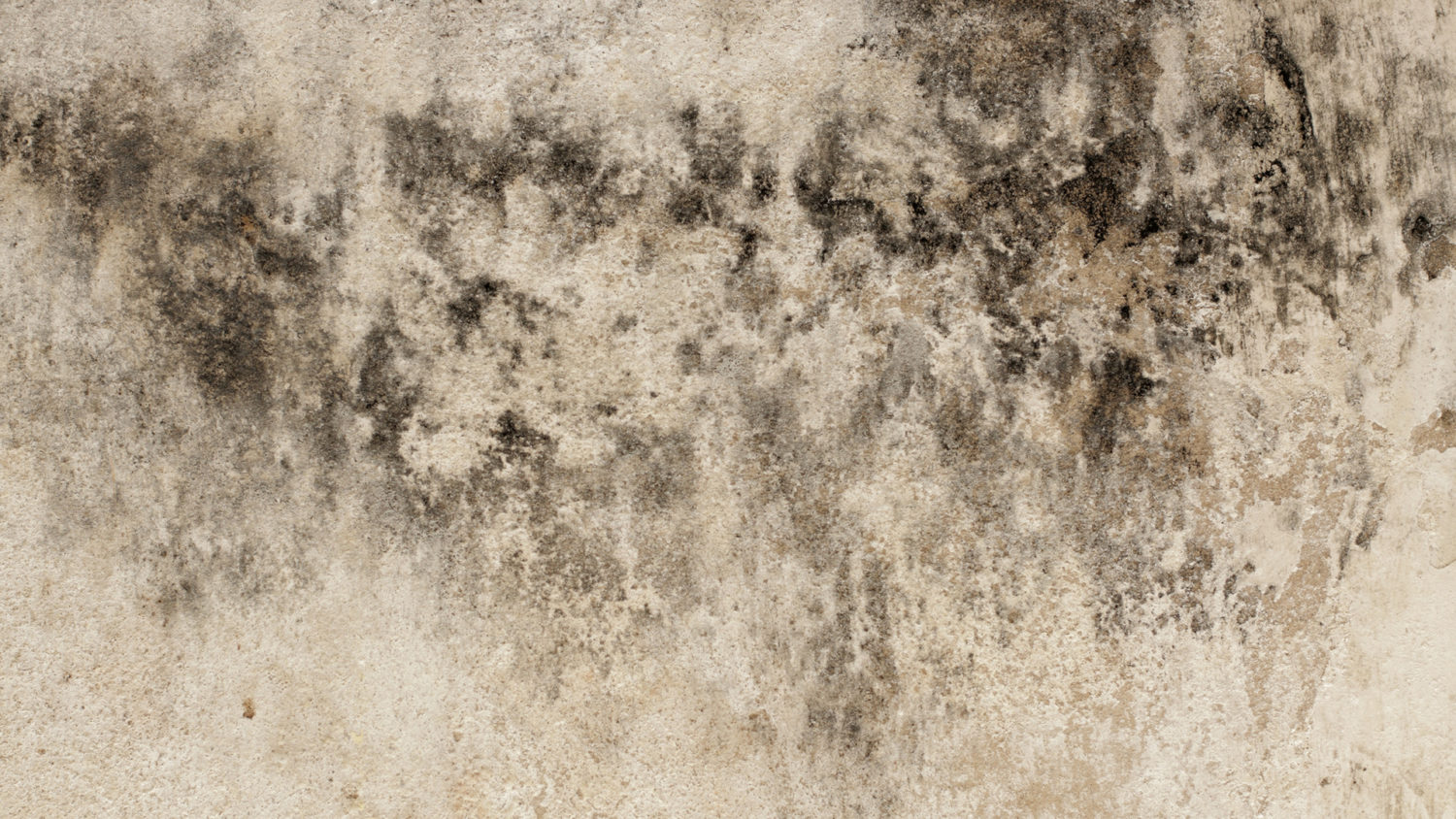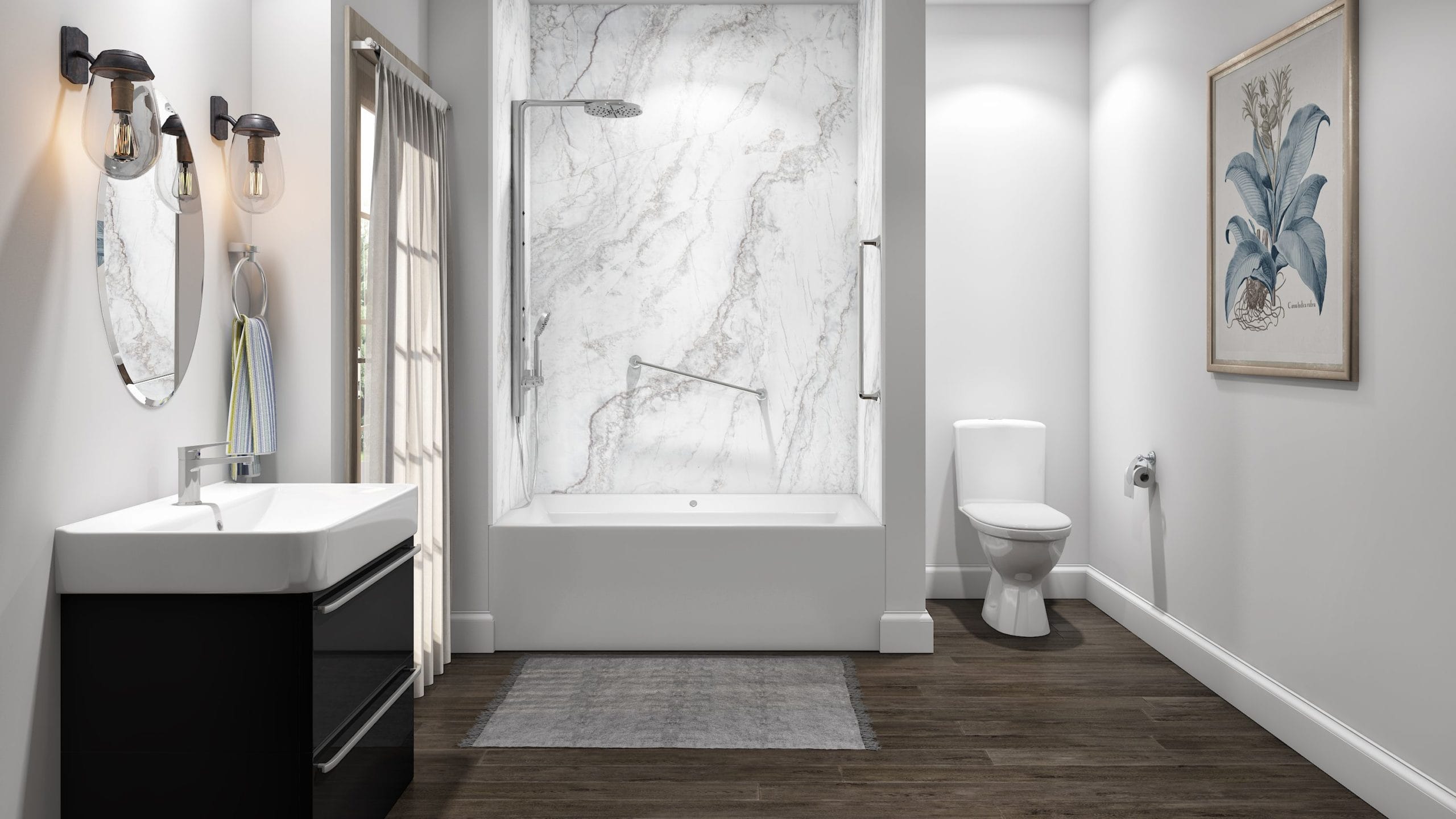Understanding Mold Growth in Bathrooms

Bathrooms are particularly susceptible to mold growth due to their inherent moisture-rich environment. The combination of humidity, warmth, and the presence of organic materials creates an ideal breeding ground for mold spores.
Ideal Conditions for Mold Growth
Mold thrives in environments with high humidity levels. Bathrooms, with their frequent showers, baths, and steam, often maintain a relative humidity above 60%, which is the threshold for mold growth. Additionally, warm temperatures, typically found in bathrooms, accelerate mold spore germination and growth. Finally, organic materials, such as wood, drywall, grout, and even soap scum, provide food sources for mold.
Types of Mold Found in Bathrooms
Bathrooms are prone to various mold types, including:
- Aspergillus: This common mold is found in damp environments and can cause respiratory problems, particularly in individuals with allergies or compromised immune systems.
- Cladosporium: This mold thrives in cool, damp areas and is known to trigger allergic reactions, such as sneezing, coughing, and itchy eyes.
- Penicillium: Found in bathrooms with high humidity and organic materials, this mold can cause allergic reactions and respiratory issues.
- Stachybotrys: Commonly known as “black mold,” this type is often associated with water damage and can produce mycotoxins, which can pose health risks.
Identifying Signs of Mold Growth
Recognizing mold growth early is crucial for preventing its spread and potential health risks. Common signs include:
- Discoloration: Mold often appears as dark spots or patches on walls, ceilings, grout, or other surfaces. The color can vary depending on the mold type, ranging from black, green, gray, to white.
- Musty Odor: A distinctive earthy or musty smell can indicate mold growth, even if it’s not visible. This odor is often a result of volatile organic compounds (VOCs) released by mold spores.
- Visible Spores: In severe cases, mold spores may be visible as a fuzzy or powdery substance on surfaces. These spores can be airborne and pose health risks when inhaled.
Choosing the Right Paint for Mold Prevention: Paint To Prevent Mold In Bathroom
Selecting the appropriate paint is crucial for effectively preventing mold growth in bathrooms. While regular paint can be used, specialized paints designed for high-moisture environments offer superior protection and longevity.
Types of Mold-Resistant Paint, Paint to prevent mold in bathroom
The selection of mold-resistant paint hinges on understanding the different types available and their respective pros and cons.
- Epoxy Paint: Epoxy paints are highly durable and resistant to moisture, making them ideal for areas prone to frequent water exposure, such as shower stalls and tubs. They form a hard, non-porous surface that inhibits mold growth. However, epoxy paints can be challenging to apply and require proper preparation of the surface.
- Acrylic Paint: Acrylic paints are water-based and offer excellent adhesion to various surfaces, including drywall and plaster. They are generally easier to apply than epoxy paints and come in a wide range of colors. While acrylic paints are moisture-resistant, they may not be as durable as epoxy paints in high-moisture areas.
- Latex Paint: Latex paints are a popular choice for bathrooms due to their ease of application and quick drying time. Some latex paints are formulated with mildewcide or fungicide to inhibit mold growth. However, latex paints may not be as durable as epoxy or acrylic paints in high-moisture environments.
Choosing the Right Paint Based on Bathroom Needs
Factors such as moisture levels and surface types should be considered when selecting the appropriate mold-resistant paint.
- Moisture Levels: Bathrooms with high moisture levels, such as those with frequent showers or steamy environments, require a highly moisture-resistant paint, such as epoxy or acrylic paint with mildewcide or fungicide.
- Surface Types: The type of surface to be painted also influences the choice of paint. For example, epoxy paint is ideal for shower stalls and tubs, while acrylic paint works well on drywall and plaster.
Importance of Mildewcide or Fungicide
Mildewcide or fungicide is an essential ingredient in mold-resistant paints. These agents inhibit mold growth by killing or preventing the spores from germinating.
It is important to note that even with mildewcide or fungicide, proper ventilation and cleaning are crucial to prevent mold growth.
Applying Paint Effectively for Maximum Protection

Proper application of mold-resistant paint is crucial for maximizing its effectiveness in preventing mold growth. This section will guide you through the necessary steps to ensure a successful paint job that provides lasting protection.
Preparing the Bathroom Surface
Thorough preparation of the bathroom surface is essential before applying mold-resistant paint. This step helps create a smooth and clean surface that allows the paint to adhere properly and maximize its protective qualities.
- Cleaning: Start by thoroughly cleaning the bathroom surface with a mild detergent and water. Use a brush or sponge to scrub away dirt, grime, soap scum, and any existing mold growth. Pay special attention to areas prone to moisture, such as the shower walls, tub, and around the sink.
- Removing Existing Mold: If mold growth is present, use a mold-killing solution to eliminate it before proceeding. Follow the instructions on the product label for safe and effective application.
- Drying: Allow the surface to dry completely after cleaning and mold removal. Ensure the surface is free of moisture before proceeding to the next step.
- Sanding: Sanding the surface helps create a smooth and even surface for the paint to adhere to. Use fine-grit sandpaper to lightly sand any rough spots, imperfections, or peeling paint.
- Priming: Applying a primer before painting is highly recommended. A primer helps create a better bonding surface for the paint, improving its adhesion and durability. Choose a primer specifically designed for mold-resistant paint or for surfaces prone to moisture.
Applying Mold-Resistant Paint
Once the surface is prepared, you can begin applying the mold-resistant paint. Following these steps ensures a smooth and even coat that provides maximum protection against mold growth.
- Ventilation: Ensure proper ventilation in the bathroom during and after painting. Open windows or use a fan to circulate air and remove paint fumes.
- Stirring: Thoroughly stir the paint before and during application to ensure uniform consistency and color.
- Application: Apply the paint using a high-quality brush or roller. For small areas, a brush may be preferred, while a roller is ideal for larger surfaces. Apply thin, even coats, allowing each coat to dry completely before applying the next.
- Coverage: Follow the manufacturer’s instructions for the recommended number of coats. Generally, two coats of mold-resistant paint are sufficient for adequate protection.
- Drying Time: Allow the paint to dry completely before using the bathroom. Refer to the paint can for the recommended drying time.
Maintaining the Effectiveness of Mold-Resistant Paint
Regular cleaning and inspection help maintain the effectiveness of mold-resistant paint over time.
- Cleaning: Clean the bathroom regularly using a mild detergent and water. Avoid harsh chemicals that can damage the paint and reduce its effectiveness.
- Inspection: Periodically inspect the painted surfaces for any signs of mold growth. If you notice any mold, clean it immediately using a mold-killing solution.
- Repainting: If the paint begins to show signs of wear and tear, consider repainting the bathroom to maintain its mold-resistant properties.
